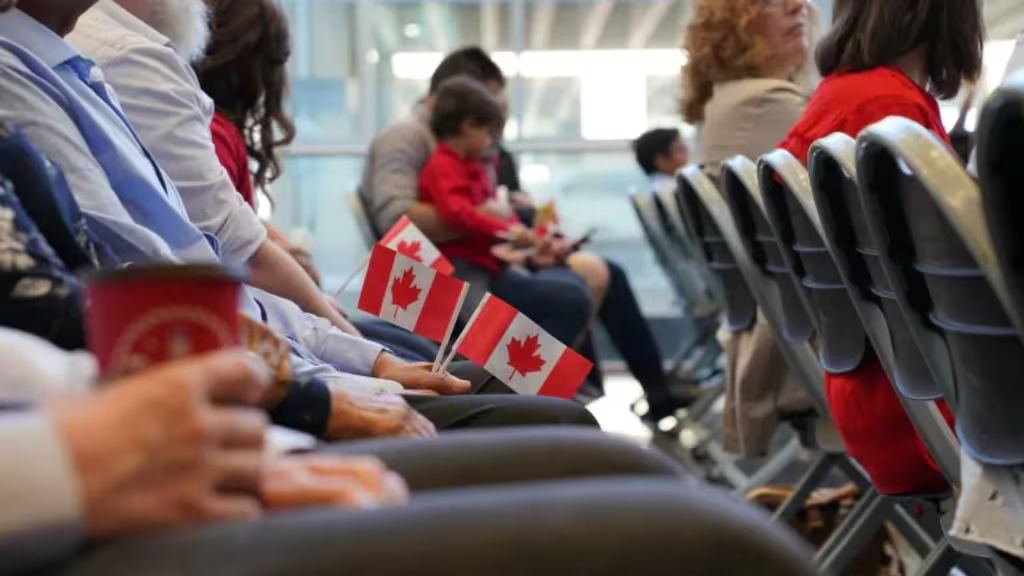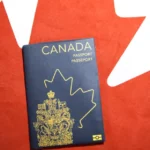
Canada’s Provincial Immigration Takes Dramatic Twists in 2025 – Allocation Cuts, Adjustments, and Strategic Shifts Shape the Year
Canada’s Provincial Immigration Sees Major Ups and Downs in 2025
The year 2025 has been a whirlwind for Canada’s Provincial Nominee Program (PNP), with provinces and territories navigating through sharp allocation cuts, mid-year increases, and policy shifts. While some provinces gained thousands of new nomination slots later in the year, others, like Ontario and Prince Edward Island, continue to face limitations under the federal government’s revised immigration strategy.
The PNP, which allows provinces to nominate skilled workers for permanent residence, has long been a cornerstone of regional labour market growth. However, Ottawa’s decision to slash 2025 PNP targets by nearly half from 2024 levels has reshaped the immigration landscape dramatically.
Massive Adjustments to Provincial Nominee Allocations
Most provinces began 2025 with drastically reduced nomination allocations, forcing them to prioritize only select sectors such as healthcare, trades, and construction.
However, after months of negotiation, several provinces successfully secured additional spots from the federal government to ease labour shortages.
| Province/Territory | 2025 Allocation (after increase) | 2024 Allocation | Added Spots | Share of 2024 (%) |
|---|---|---|---|---|
| Alberta | 6,403 | 9,750 | +1,528 | 65.7% |
| British Columbia | 5,254 | 8,000 | +1,254 | 65.6% |
| Manitoba | 6,239 | 9,500 | +1,489 | 65.6% |
| New Brunswick | 4,250 | 5,500 | +1,500 | 77.2% |
| Newfoundland & Labrador | 2,525 | 2,100 | +1,000 | 97.6% |
| Nova Scotia | 3,709 | 6,300 | +559 | 58% |
| Ontario | 10,750 | 21,500 | 0 | 50% |
| Prince Edward Island | 1,025 | 2,050 | 0 | 51% |
| Saskatchewan | 4,761 | 8,000 | +1,136 | 59.5% |
| Yukon | 282 | 300 | +67 | 94% |
| Northwest Territories | 300 | 300 | +150 | 100% |
Total Allocations (2025): 45,048 nominations
(Up from 36,340 initially planned, but still far below 2024’s 73,300 total)
Provinces Adapt to Reduced Targets and New Federal Mandates
After Ottawa’s announcement in late 2024 that PNP landings for 2025 would drop to just 55,000 (from 120,000 the year prior), provinces were forced to adapt rapidly.
Adding to the challenge, the federal government introduced a new rule requiring that 75% of nominees come from within Canada, further restricting overseas recruitment.
To comply, provinces adjusted their immigration strategies:
- British Columbia paused new graduate streams and limited post-graduate intakes.
- Nova Scotia began prioritizing candidates in healthcare, construction, and social services.
- Prince Edward Island focused on skilled workers in childcare, trades, and healthcare.
- New Brunswick narrowed its focus to education, health, and construction sectors.
- Saskatchewan capped nominations in transportation, retail, and food services while favouring healthcare and agriculture.
Provinces That Negotiated Back Their Slots
Despite early setbacks, many provinces pushed back successfully.
- Alberta achieved the largest increase with 1,528 additional nomination spots for its Alberta Advantage Immigration Program.
- New Brunswick followed closely with 1,500 new allocations, while Manitoba gained 1,489 more.
- Newfoundland and Labrador reached near-full restoration of its 2024 capacity, achieving 97.6% of its previous year’s allocation.
In several cases, these increases came as part of agreements where provinces accepted asylum claimants or humanitarian immigrants to balance the national immigration portfolio.
Longer Processing Times Add to Challenges
Processing delays have become another significant factor shaping immigration in 2025.
- Enhanced PNP streams (linked with Express Entry) are taking around six months,
- Base PNP streams can exceed a year,
- And the Atlantic Immigration Program (AIP) has reached an unprecedented 37 months in some cases.
This means that many nominations issued in 2025 will only translate into permanent resident landings in 2026 or 2027.
Looking Ahead: A Reset for 2026?
Sources suggest that the upcoming Immigration Levels Plan (2026–2028) could see an upward revision of PNP targets, given the strong provincial pushback and evidence of critical labour shortages.
The federal government is now expected to recalibrate targets to balance economic needs with housing and employment concerns.
The message from provinces is clear — Canada’s future economic stability depends on ensuring consistent and flexible immigration allocations that respond to local realities.
About the Provincial Nominee Program (PNP)
Launched in 1998, the PNP remains one of Canada’s most vital immigration pathways, second only to Express Entry.
It allows provinces and territories (except Quebec and Nunavut) to nominate skilled workers who can meet regional labour demands.
There are two primary PNP pathways:
- Base Stream – Apply directly to a province and then for federal PR approval.
- Enhanced Stream – Linked to Express Entry, providing 600 extra CRS points and a guaranteed PR invitation.
For a consultation about Immigration options, reach out to the CAD IMMIGRATION today!





